How to Remove a Label from and Clean a Glass Bottle
As an Amazon Associate and member of other affiliate programs, I earn from qualifying purchases.
Have you ever come across a fabulous glass bottle that makes your heart scream YES? Or have you simply wanted to use a pretty glass wine bottle for your dish soap in the kitchen? But then you try to remove the label and the whole project, glass bottle and all, ends up in the trash? Seriously! When did they start using atomic solutions to adhere labels to glass? Sometimes those labels may come off easily but the residual sticky adhesive that is left behind is enraging! I’ve gathered some tips for you to help minimize the elbow grease, time, and especially frustration with trying to recycle a glass bottle…or a glass jar. I mean, who can toss a super cute pickle jar? They are handy for so many things! Let’s remove a label from and clean a glass bottle or fifteen.
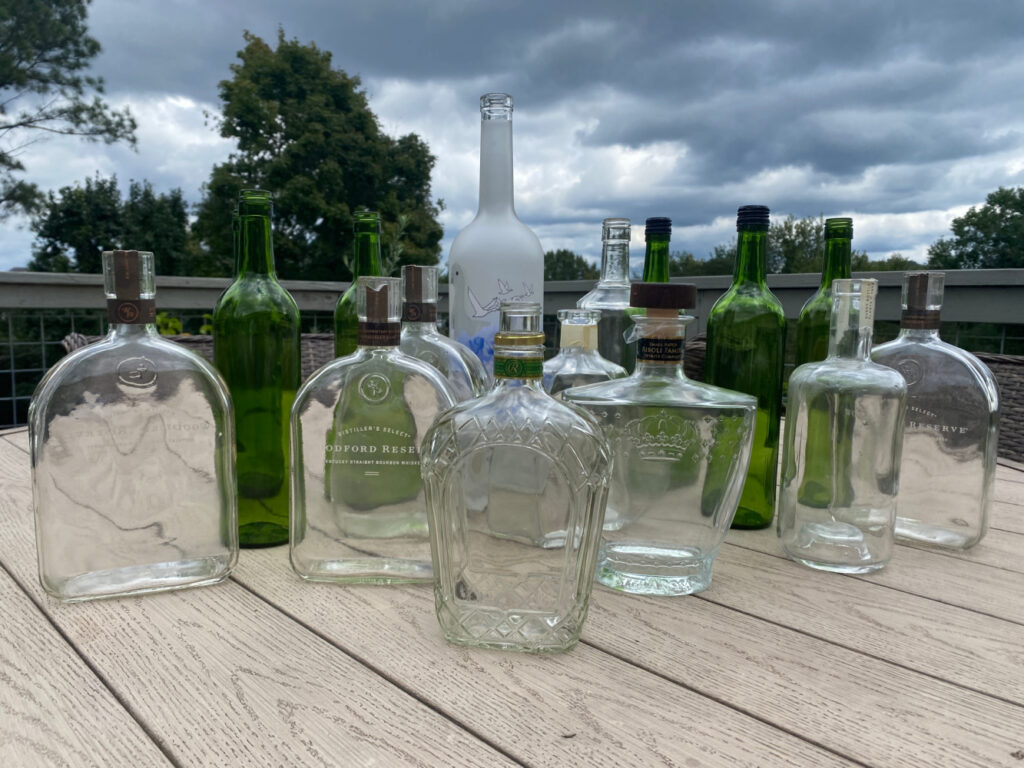

Clean your Glass
The easiest way to get started cleaning your glass bottle is to simply fill the sink or a large basin with hot soapy water (I recommend Dawn dish liquid). While the sink is filling, I run each bottle under the hot hot water. This helps start the release of the adhesive. Hot water is the best tip to remove a glass bottle label.
I fill each bottle and lay it on its side so that it won’t float. The weight of the water in the full bottle will keep the bottle sitting on the bottom of the sink. Lay the bottles or jars on their sides and fill the sink to above the height of the bottles.
TIP: The longer you let the bottle soak, the easier the labels will be to remove.
You can see where the label is beginning to release in the photo above. The corners of the labels are visibly wet. I turned the bottles over so that the labels were completely submerged in the hot water. It is a much quicker process to do all of the bottles at once in the full sink but I was only doing a few at a time.
Once the labels appear to be completely wet, you can start to scrape off the labels. Sometimes, the labels will peel right off and take all of the adhesive with them.
Often, part of the label is resistant. Soak these a little longer.
Tools to Help the Process
Here are some items you may have in your kitchen that will help with the label removing process:
- Pampered Chef Pan Scraper (they come in a cool blue color now)
- Scrub Daddy
- steel wool (be careful to apply minimal pressure as steel wool can scratch glass)
- butter knife or scraper
- credit card
- Goo Gone or glass cleaner
- Vinegar I keep a gallon on hand for convenience.
- Baking soda and it comes in bulk too.
- bottle brushes or miscellaneous brushes
Often the label comes off but that adhesive does not.
You can spray the glass with Windex and let it sit a while longer. Give it about 15 minutes checking to make sure the label stays well. Then scrub. Most of the time, this worked for me. I had Windex with Vinegar on hand and that worked well.
However, for the really resistant goop, I used Goo Gone.
This is a great product to keep on hand. Simply spray it on, let it sit, wipe off the glue.
Yes, that is a hammered copper farmhouse sink in the photo above. I won it at a DIY conference where Sinkology was a sponsor. You can read about the kitchen I designed around this sink by clicking on the photo below.
The vodka bottle had some adhesive on steroids. I’ll avoid these bottles in the future for sure!
Cleaning Inside the Bottle
For bottles and jars recently emptied, this process can be as easy as rinsing in warm soapy water. But, for bottles that have sit for some time with dried contents inside, this can be a real task.
I always start by filling the bottles with warm soapy water. After an hour or so, I will drain and rinse them. In a perfect world, this completes the process. And for recently emptied bottles this is usually the case.
However, I’ve also tried to clean antique bottles and jars. These are an advanced challenge. But here are a few tips should the soapy water not get you the desired result…
Vinegar and Baking Soda
Funnel one tablespoon of baking soda into your bottle. Be certain that you are at the sink for this next part. Pour one cup of vinegar into the bottle. This will cause the mixture to fizz up and foam, sometimes spewing out of the top of the bottle. Swish and swirl the solution in the bottle. If there are still debris particles inside of the bottle, add two tablespoons of rice and gently shake the bottle. The rice acts as an agitator against the sides of the glass and can help remove stains, etc. For soiled bottles that have been sitting for 20+ years, you may need to repeat this process many times.
Other substances to use instead of vinegar and baking soda are:
- Denture cleaner, which can be used to clean porcelain
- Alka seltzer, the effervescence can clean the glass
Other Helpful Tools to Clean Glass Bottles
Another handy tool is the skinny bottle brush or other kitchen cleaning tools. Check out your local home center and Amazon for great products.
Some power tools come with a skinny long brush to use in maintaining your tool. I always grab these at yard sales and antique stores. They come in a variety of sizes. You can also find tiny cleaning brushes online.
This one is approximately 12″ long with a bristle diameter of about 1.25″. But I’ve seen them in much smaller sizes that would work for antique pharmaceutical bottles. These are wonderful because you can bend and manipulate the handle to get to the correct spot on the inside of the bottle.
I am always looking for more tips for cleaning bottles, and especially for antique bottles with antique stains.
Be patient and LET IT SOAK for a while. Those are my best tips!
What are your favorite tips and tricks?
Here are some of my favorite bottles:
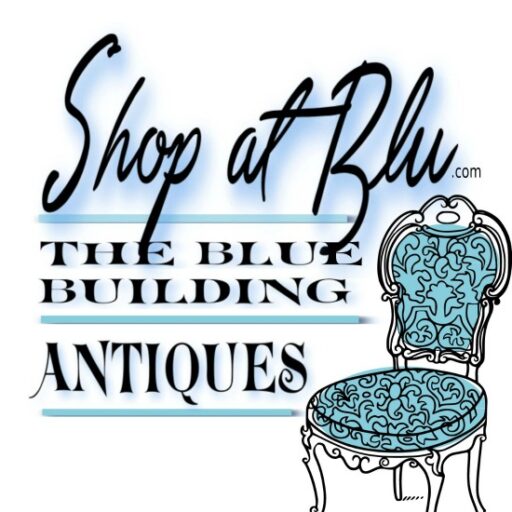
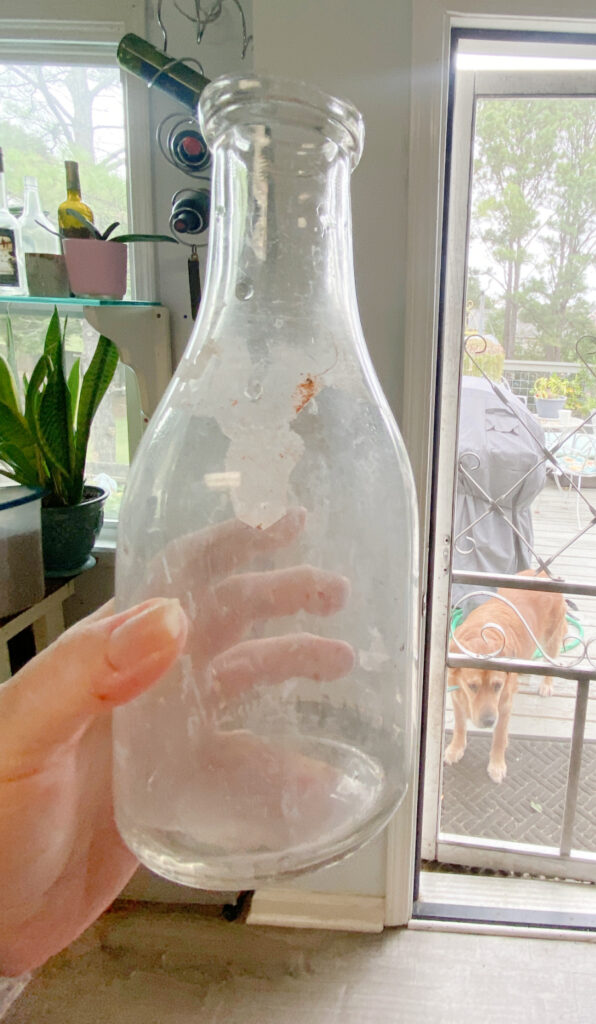
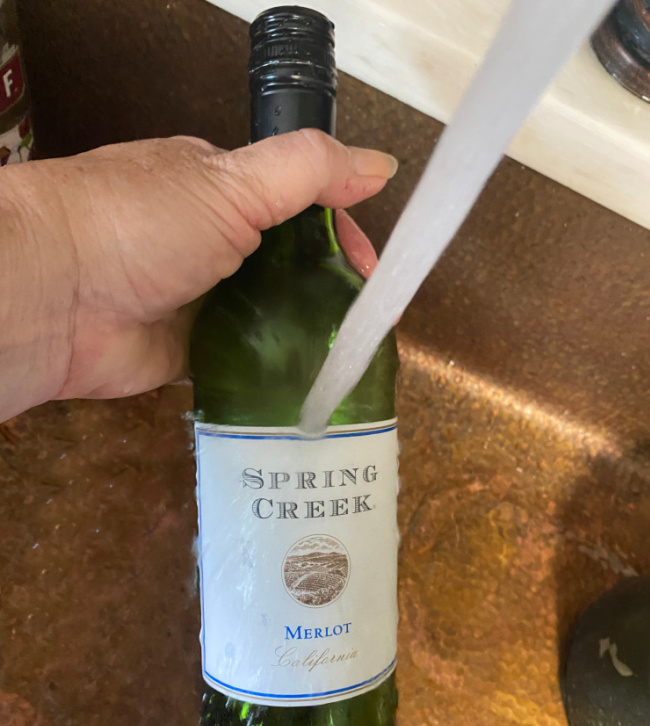
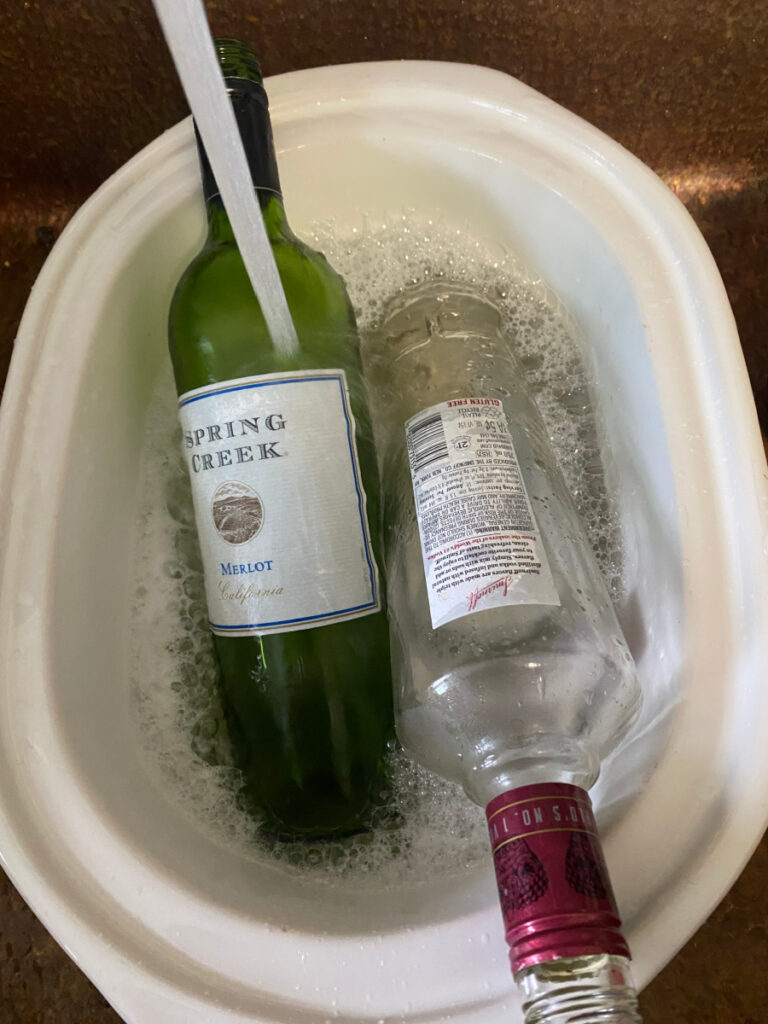


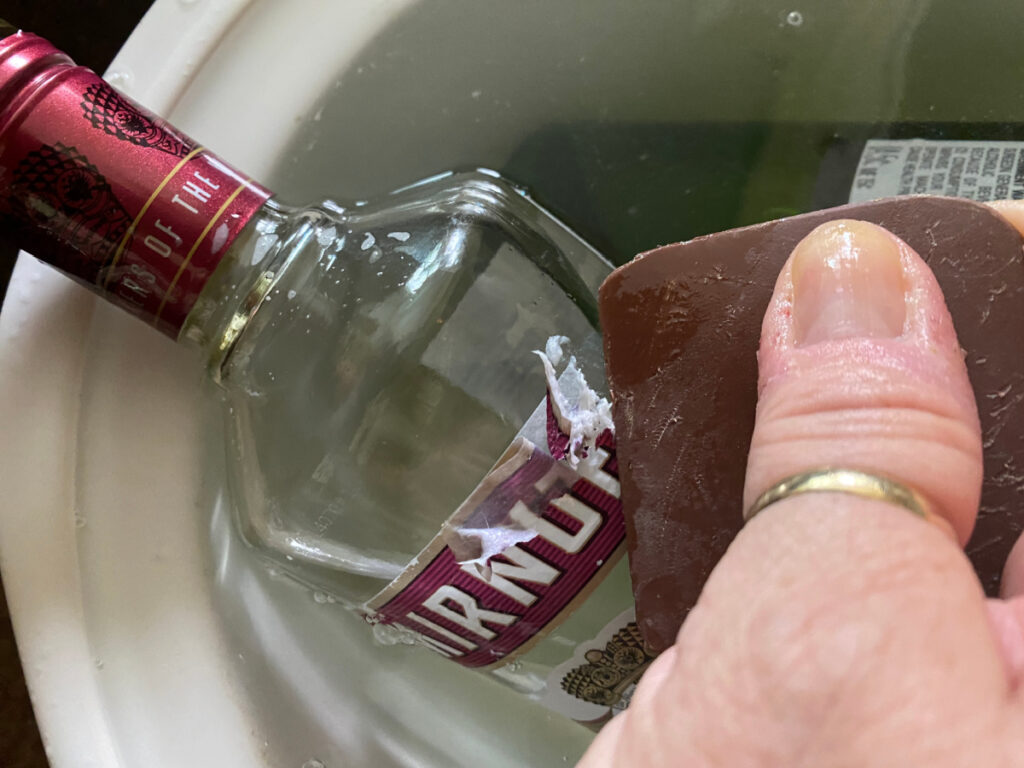
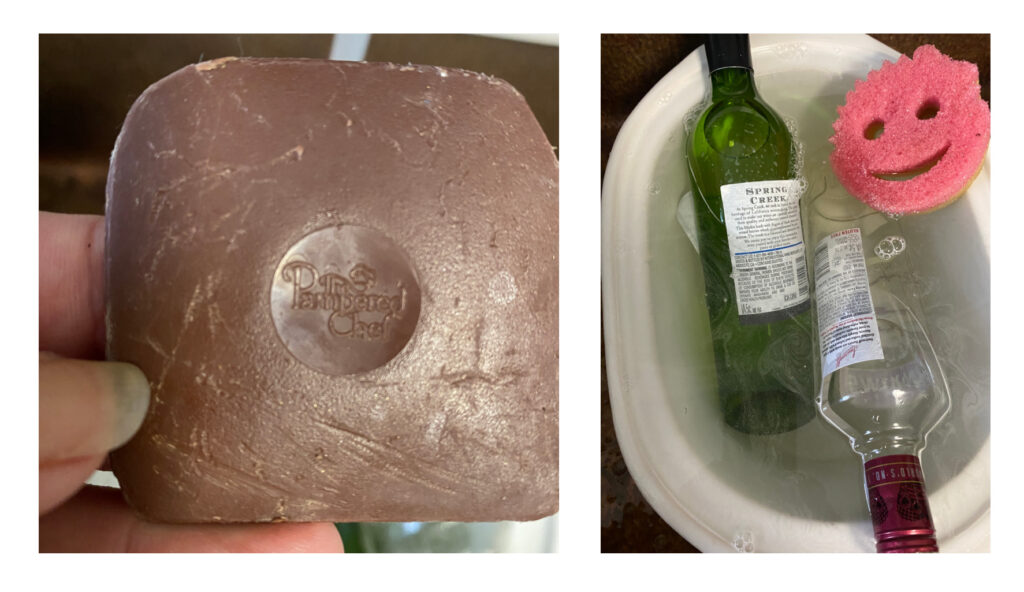
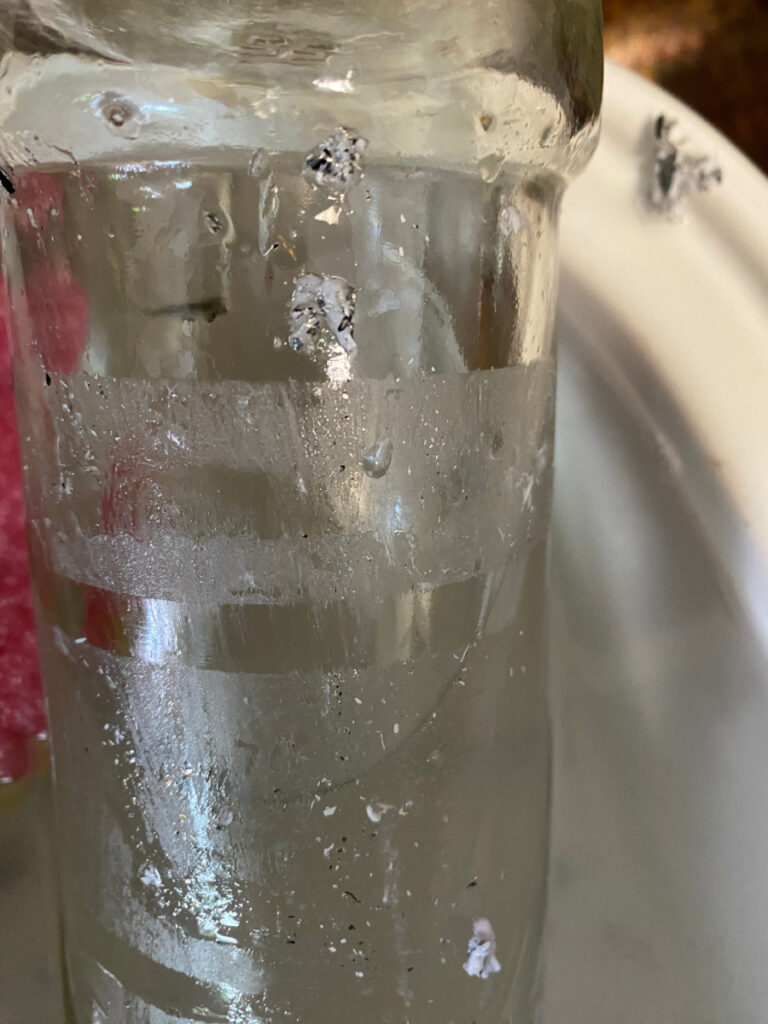
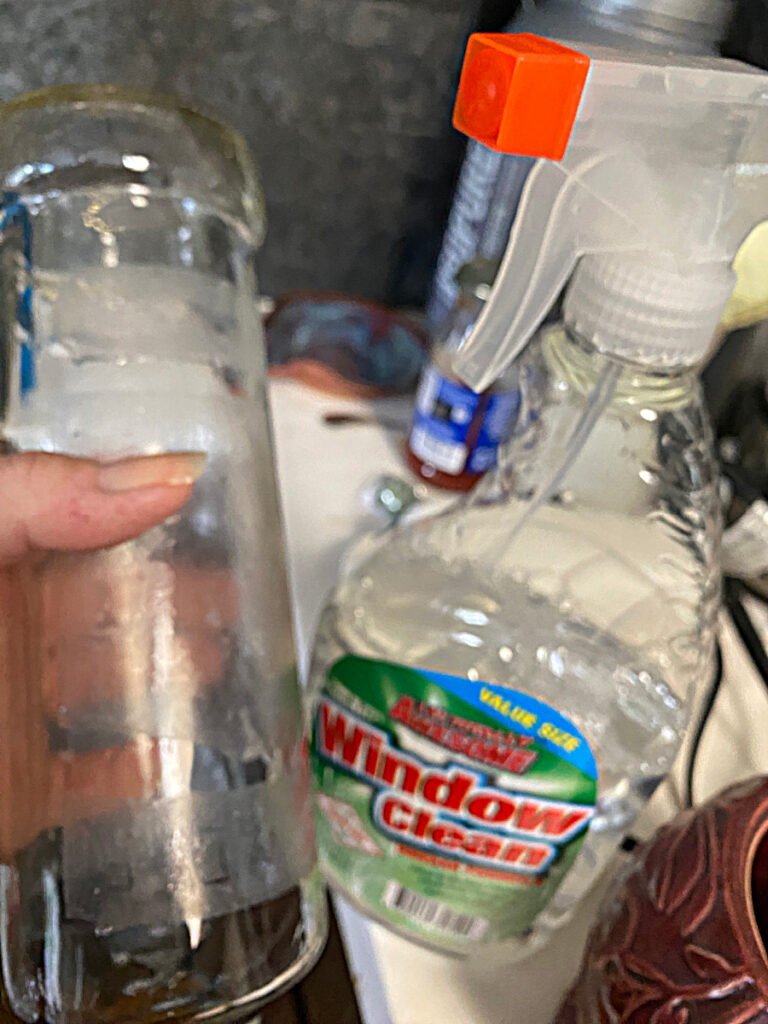
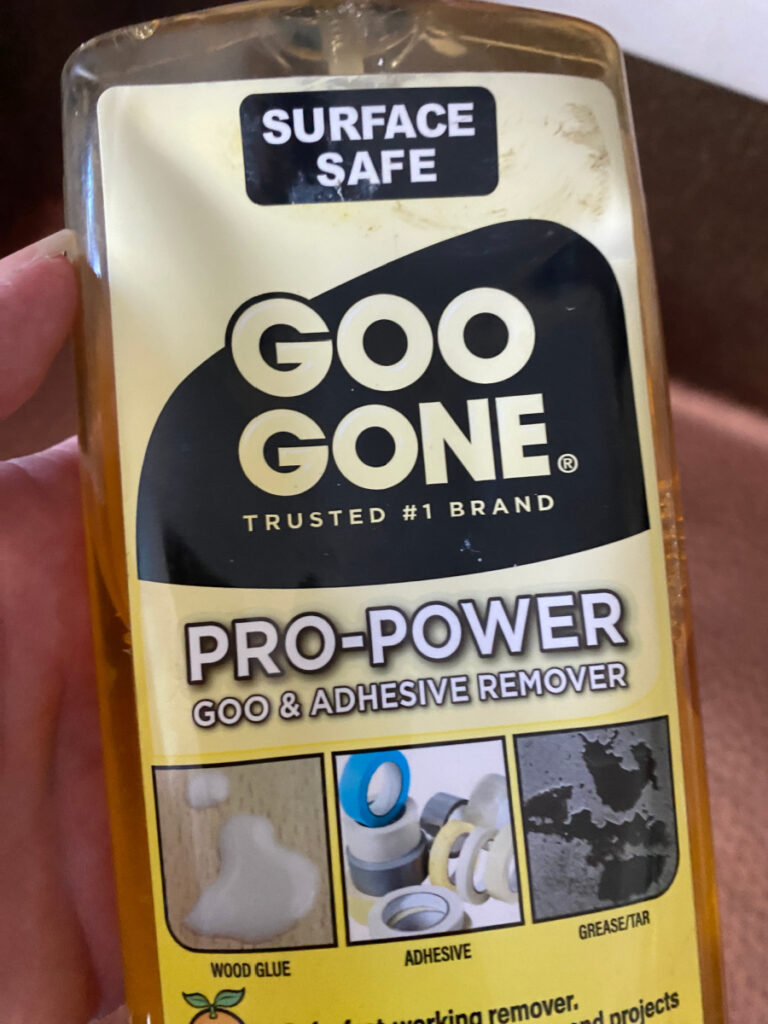
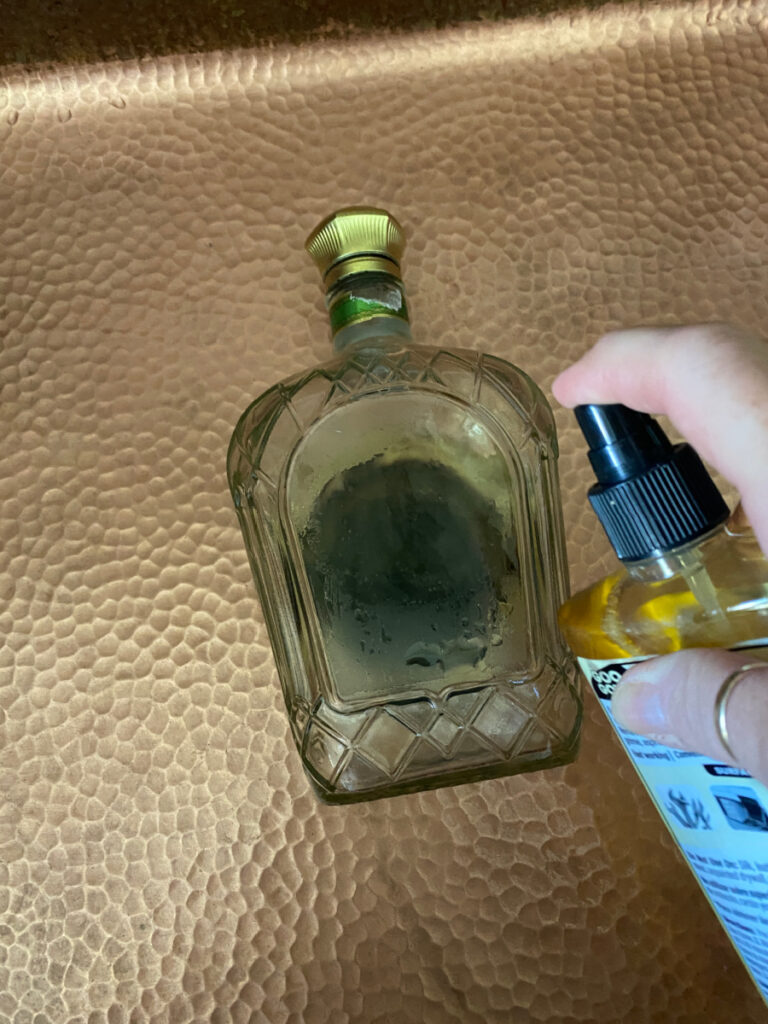
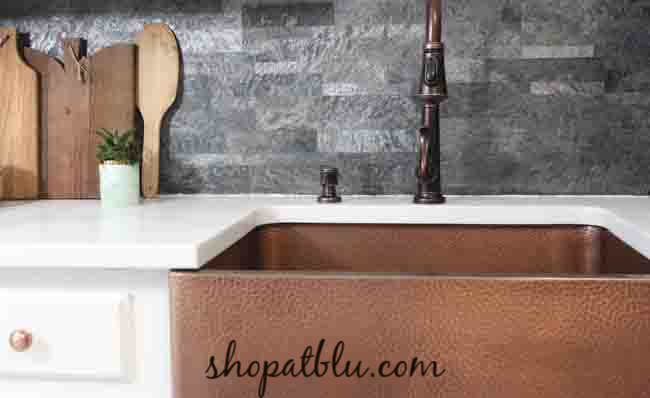
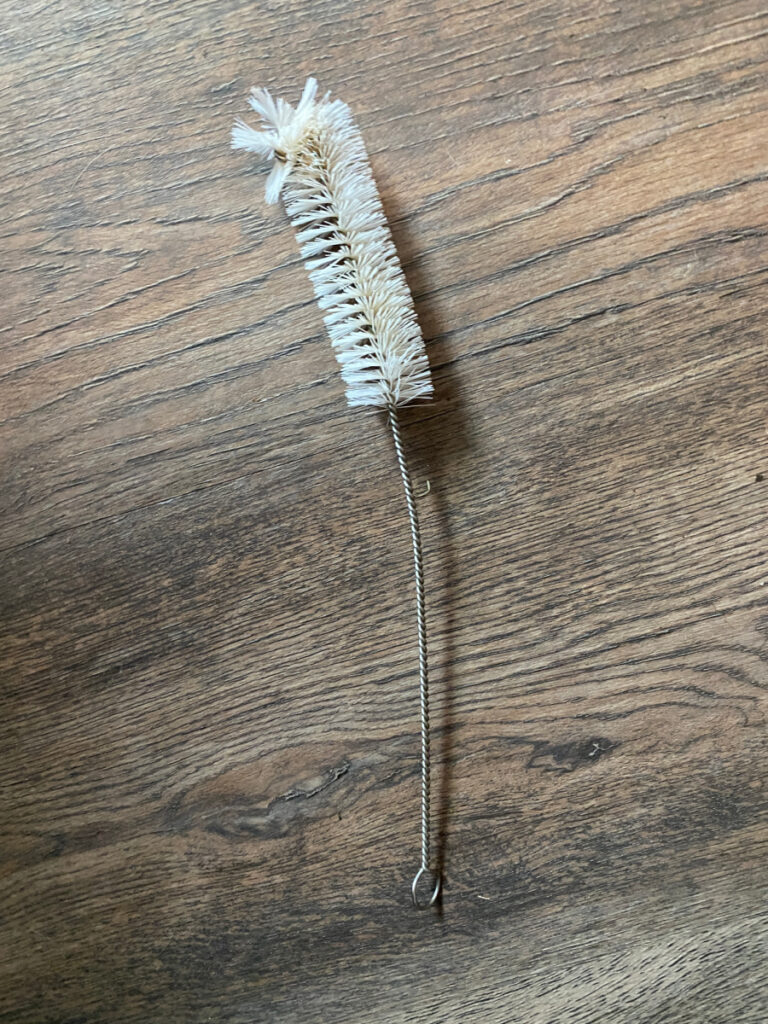
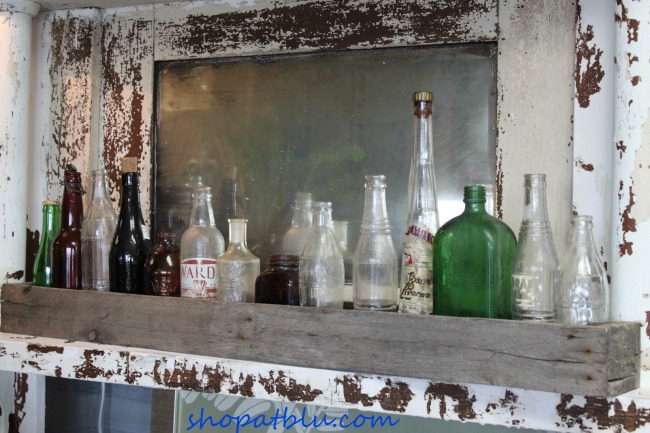
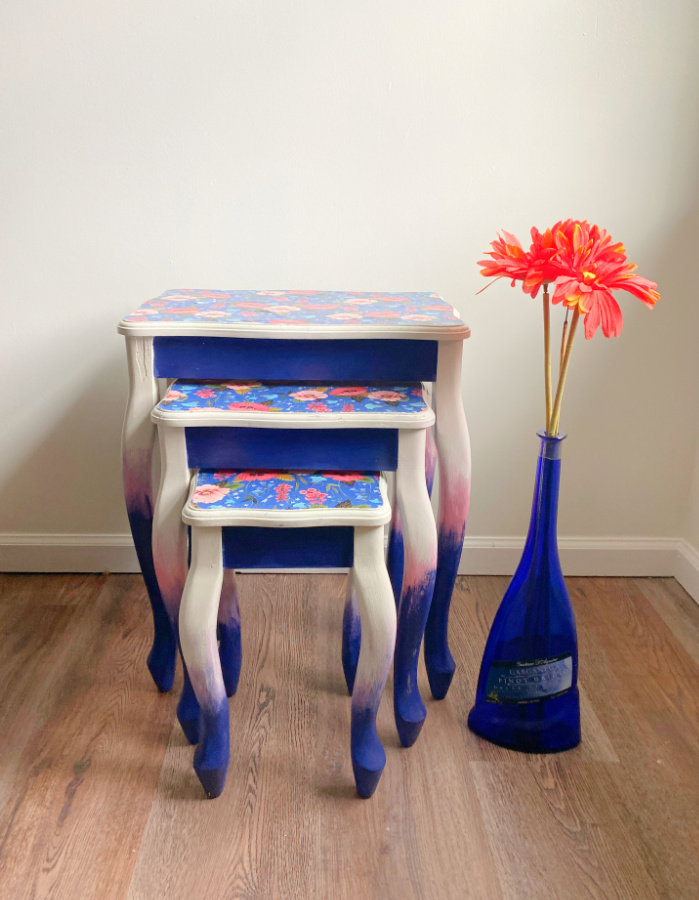
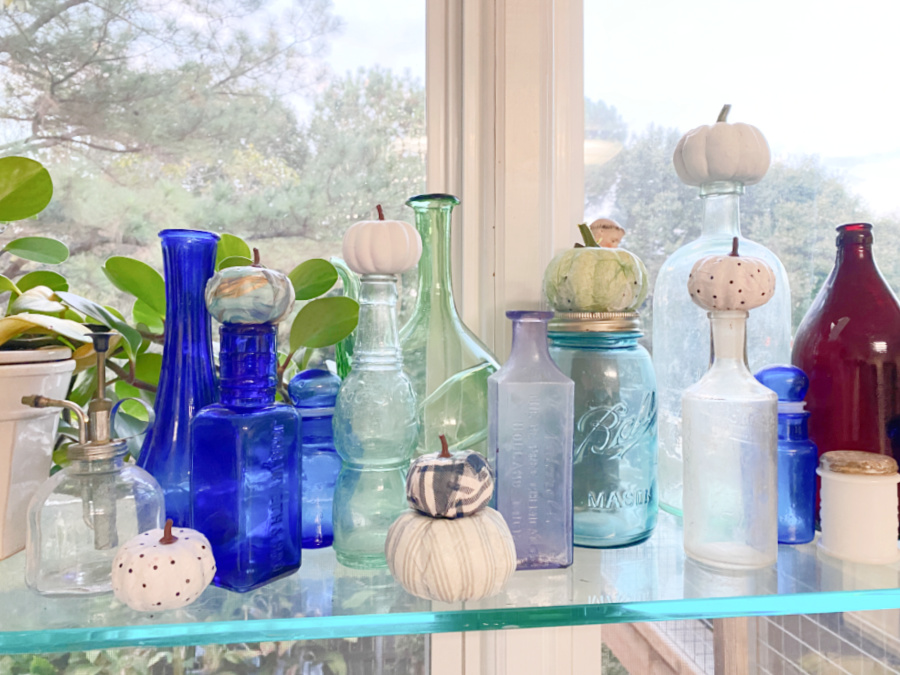
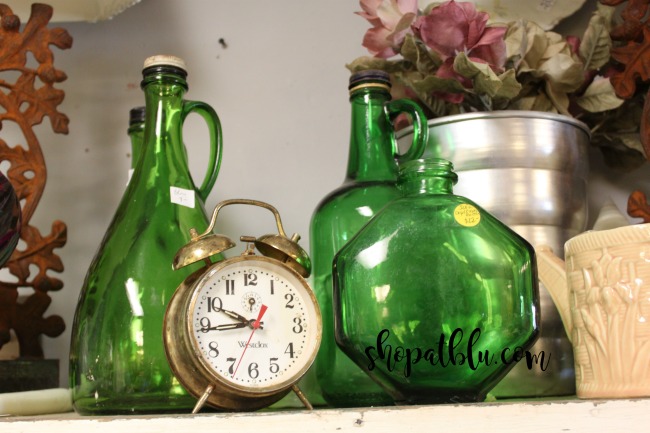
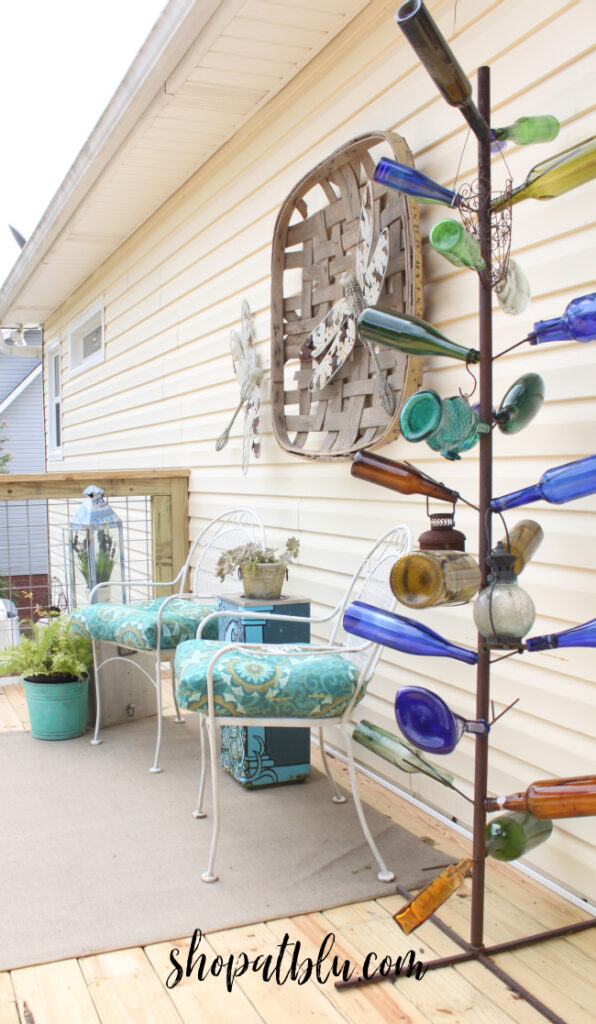
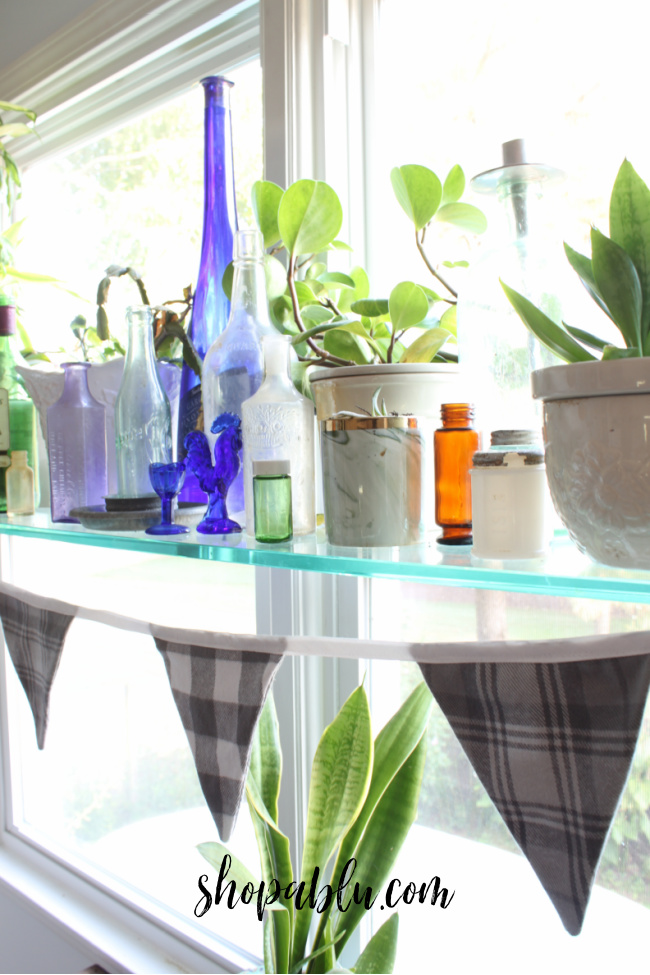
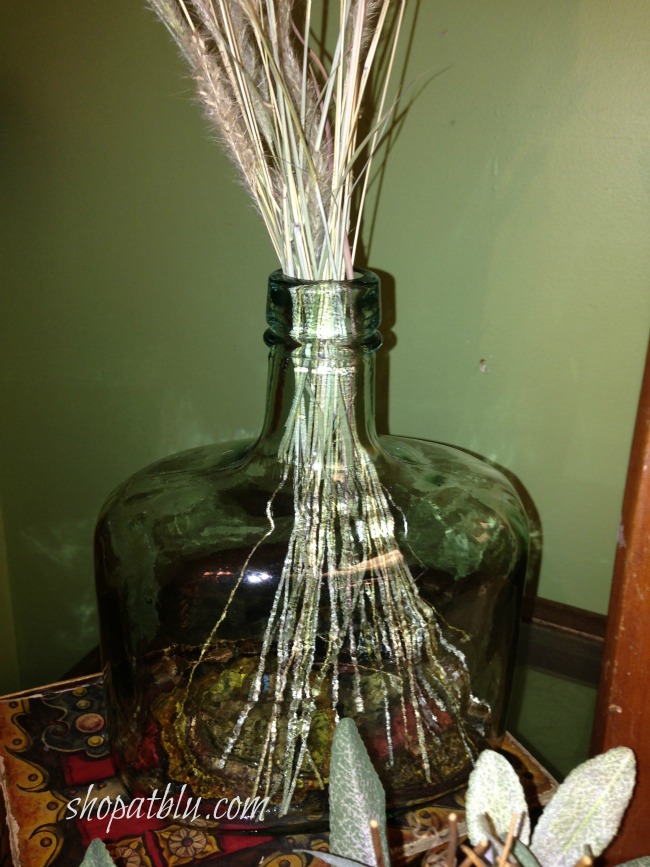
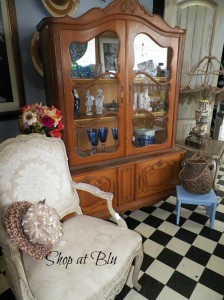
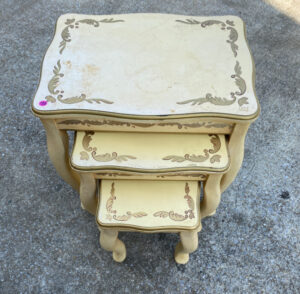
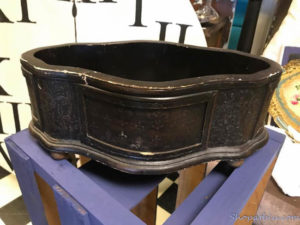
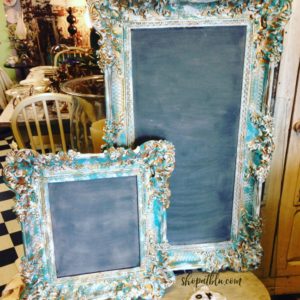
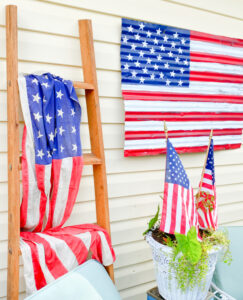
Try WD40
Yes! Another great tip! I will add that one!
What works for me? Fill bottle up with water and place in microwave. The heated water within the bottle or jar (even prescription bottles) softens up label glue from inside. The label literally peels right off. Just grab one corner and slowly peel. Microwave a few seconds (30) at a time and try after each interval. Works every time for me!
This is great! I will try it and I will add this to my post!!